A DIFFERENT LAND
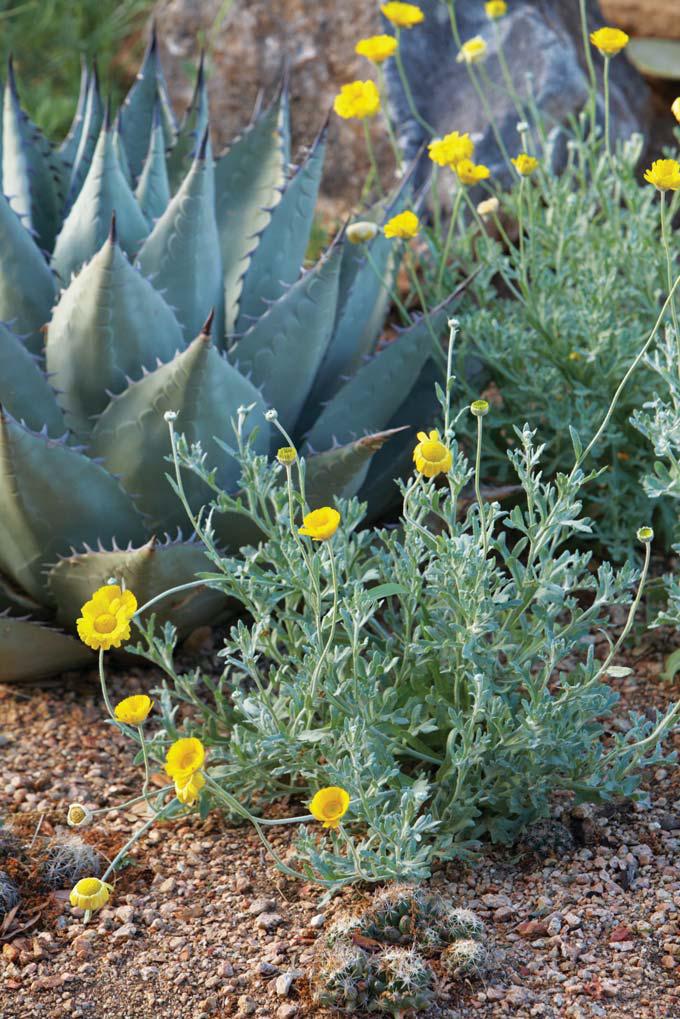
I GREW VERY TIRED of hearing about English gardens when I was a horticultural student at the New York Botanical Garden in the mid-1970s.
They filled the role of a very talented older sibling whom you were urged to emulate, with the unspoken assumption that you would never match their accomplishments. Indeed, British colleagues did often boast of their endless collections of exotic plants, always (it seemed) with the pitying remark that, of course, we in the New World couldn't grow them in our less benevolent climates.
Over the last generation, however, the most exciting advances in garden design have been occurring on our side of the Atlantic, arguably. This is largely due to those same maligned climates of ours, which indeed often challenge those trying to grow the traditional garden plants that the British so prize.
LOCAL SOLUTIONS
For example, a cycle of extreme droughts back in the late 1980s prompted gardeners in the American West to turn their attention to their native floras, and to plant not only more native species but also to mimic in their landscaping the ways in which these plants grow in nature.
I remember a gardener in Tucson, Ariz., explaining to me then that their desert was far more biologically diverse than my lush, forested landscape in the Northeast, which was a revelation. He added that groundcovers were a concept that didn't work without excessive irrigation in the Southwest, and that plants in the desert naturally space themselves so that their roots have access to a broader reservoir of moisture. Such realizations have made communities such as Tucson and Santa Fe capitals of uniquely beautiful, regionally inspired gardens.
Another fundamental innovation of American gardening has been the extent to which it has taken the science of ecology as a partner. This has changed the craft in two ways.
This story is from the {{IssueName}} edition of {{MagazineName}}.
Start your 7-day Magzter GOLD free trial to access thousands of curated premium stories, and 9,500+ magazines and newspapers.
Already a subscriber ? Sign In
This story is from the {{IssueName}} edition of {{MagazineName}}.
Start your 7-day Magzter GOLD free trial to access thousands of curated premium stories, and 9,500+ magazines and newspapers.
Already a subscriber? Sign In
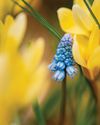
GARDEN GOAL: MORE SPRING BULBS
Take these five steps now to ensure a better bulb display next spring
SAY HELLO TO HELICONIAS
Tired of the same ol' cannas or dahlias in your summer garden scheme? It's time to get acquainted with heliconias
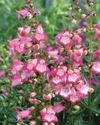
PENSTEMONS ARE PERFECTION
THIS NORTH AMERICAN GENUS OFFERS INTRIGUING FLOWERS ON DROUGHT-TOLERANT PLANTS
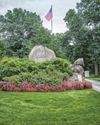
A LIVELY LANDSCAPE
Historic garden cemeteries, such as Rhode Island's Swan Point, can delight a visiting plant lover
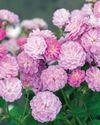
REALLY GOOD ROSES
The latest cultivars to prove themselves in nationwide trials

BOBBY WARD A scholar of plants and plantspeople
BOBBY WARD IS ONE of the most respected names in the world of horticulture.
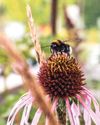
BUDBURST
Gardeners can help scientists understand plants' responses to climate change

TANGLING WITH VINES
I'M GUESSING that vines, pound for pound, produce the highest ratio of leaf surface per support structure of any terrestrial plant.
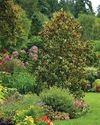
HEADING NORTH
AS WINTERS TREND WARMER, NORTHERN GARDENERS CAN TURN TO THESE PROMISING SOUTHERN NATIVES
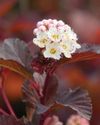
Unbridled COLOR Combos
PAIR A BRIGHT-LEAVED MAIN CHARACTER WITH EQUALLY BOLD COMPANIONS FOR LASTING DRAMA IN THE GARDEN
